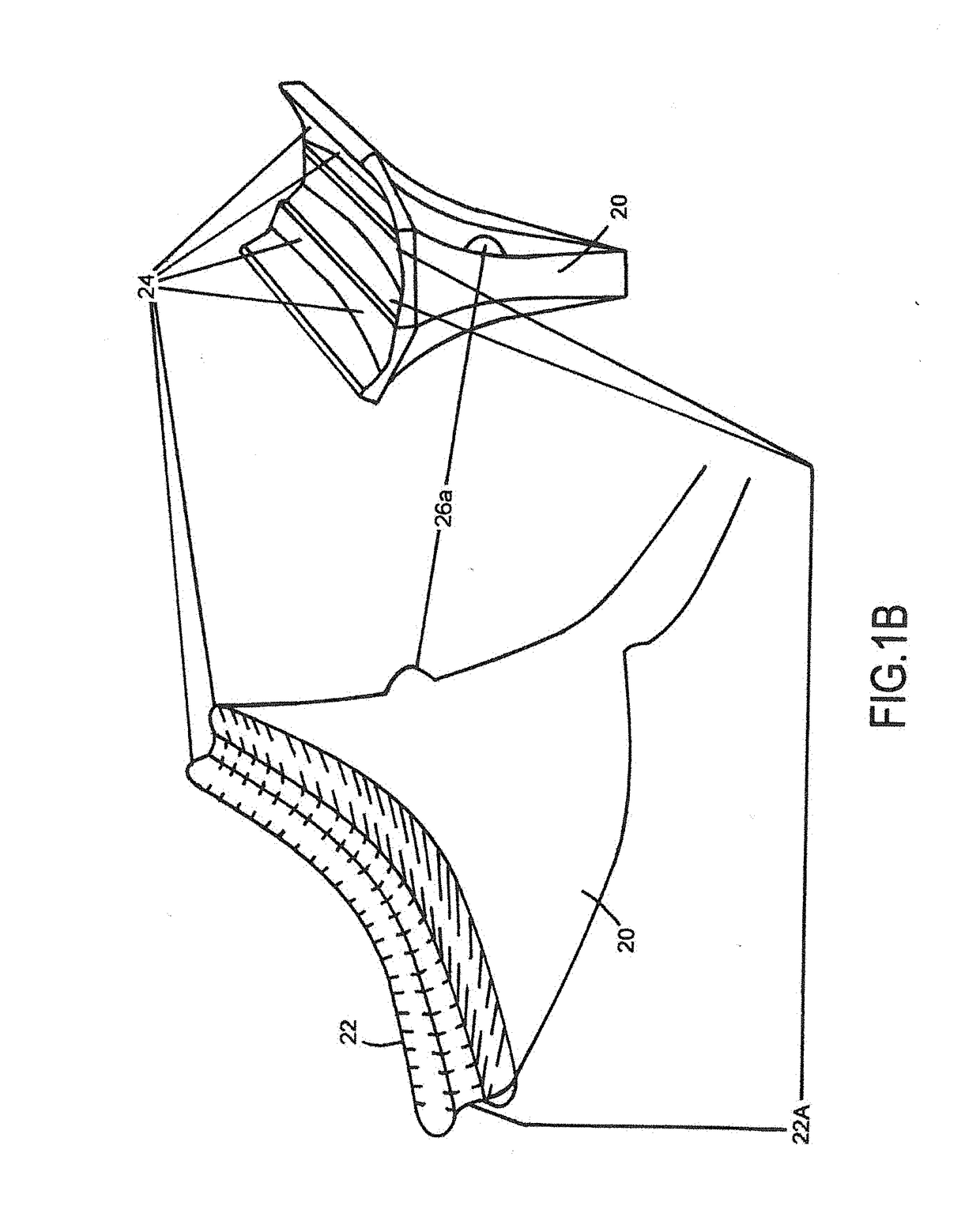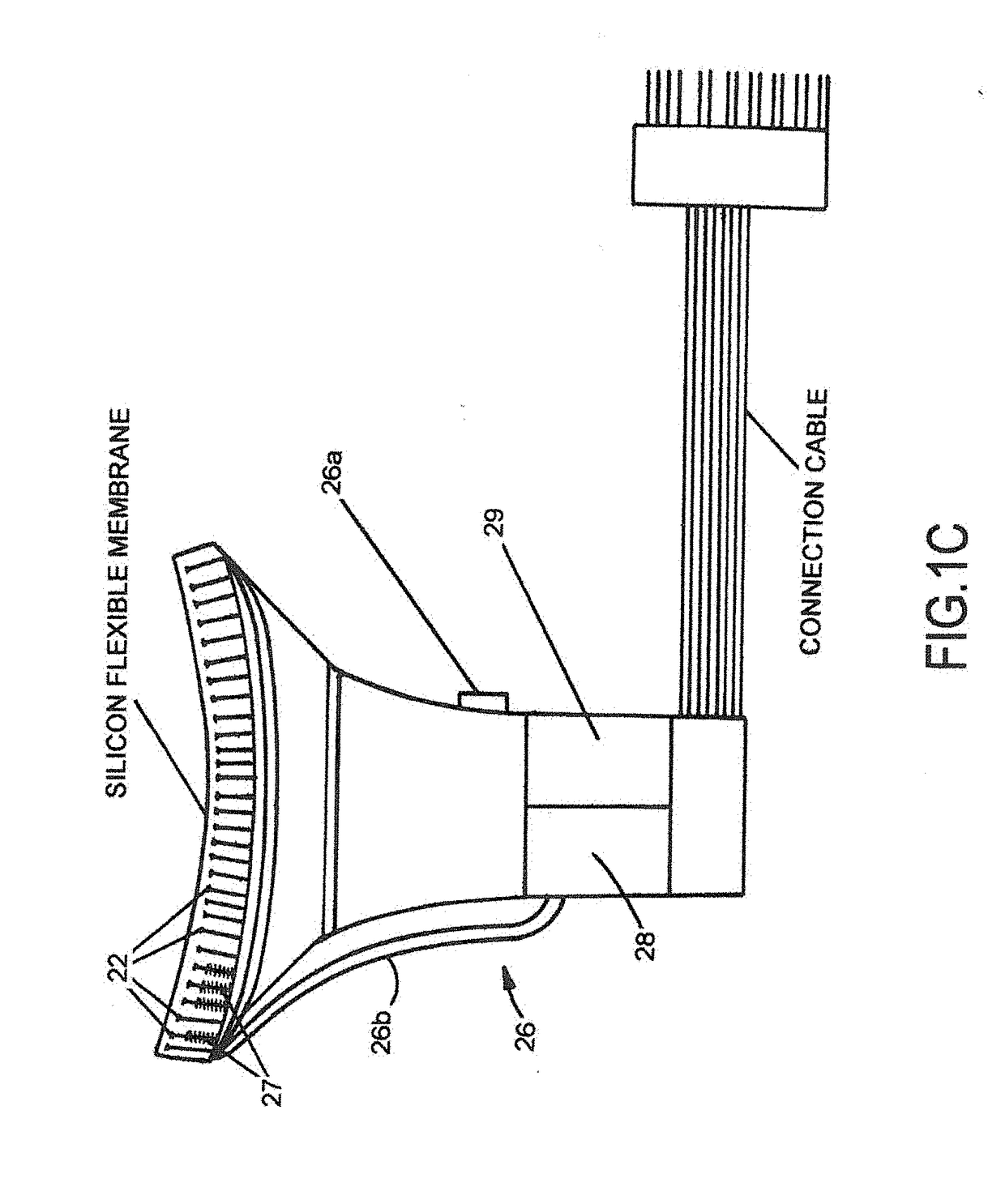Non-invasive dynamic measurement of intracranial reserve space
a reserve space and non-invasive technology, applied in the field of medical diagnostic devices and methods, can solve the problems of time-consuming and impractical dynamic investigation, disadvantageous reliance on complex equipment, and inability to use continuously and near the bedside, etc., and achieve the effect of avoiding the need for repeat use of an expensive ct apparatus on a single patient and avoiding the need for invasive surgery
- Summary
- Abstract
- Description
- Claims
- Application Information
AI Technical Summary
Benefits of technology
Problems solved by technology
Method used
Image
Examples
Embodiment Construction
[0068]The following detailed description is of the best currently contemplated modes of carrying out the invention. The description is not to be taken in a limiting sense, but is made merely for the purpose of illustrating the general principles of the invention, since the scope of the invention is best defined by the appended claims. Intracranial reserve space is an anatomical phenomenon describing the volume of intracranial space filled with cerebral spinal fluid (CSF). As used in this patent application, the term “intracranial reserve space” or “ICRS” refers to all spaces within the cranium that would normally be filled with cerebral spinal fluid when the subject is healthy. This includes convexital ICRS, brain's basal surface ICRS, including basal cisterns and intracerebral ICRS, i.e. brain's ventricles. ICRS is therefore not limited to the convexital surface and subarachnoid space around the brain, but also includes the ventricles, cisterns and sulci that the CSF normally fills...
PUM
 Login to View More
Login to View More Abstract
Description
Claims
Application Information
 Login to View More
Login to View More - R&D
- Intellectual Property
- Life Sciences
- Materials
- Tech Scout
- Unparalleled Data Quality
- Higher Quality Content
- 60% Fewer Hallucinations
Browse by: Latest US Patents, China's latest patents, Technical Efficacy Thesaurus, Application Domain, Technology Topic, Popular Technical Reports.
© 2025 PatSnap. All rights reserved.Legal|Privacy policy|Modern Slavery Act Transparency Statement|Sitemap|About US| Contact US: help@patsnap.com



